Fantastic Four (1967) and Spider-Man (1967)
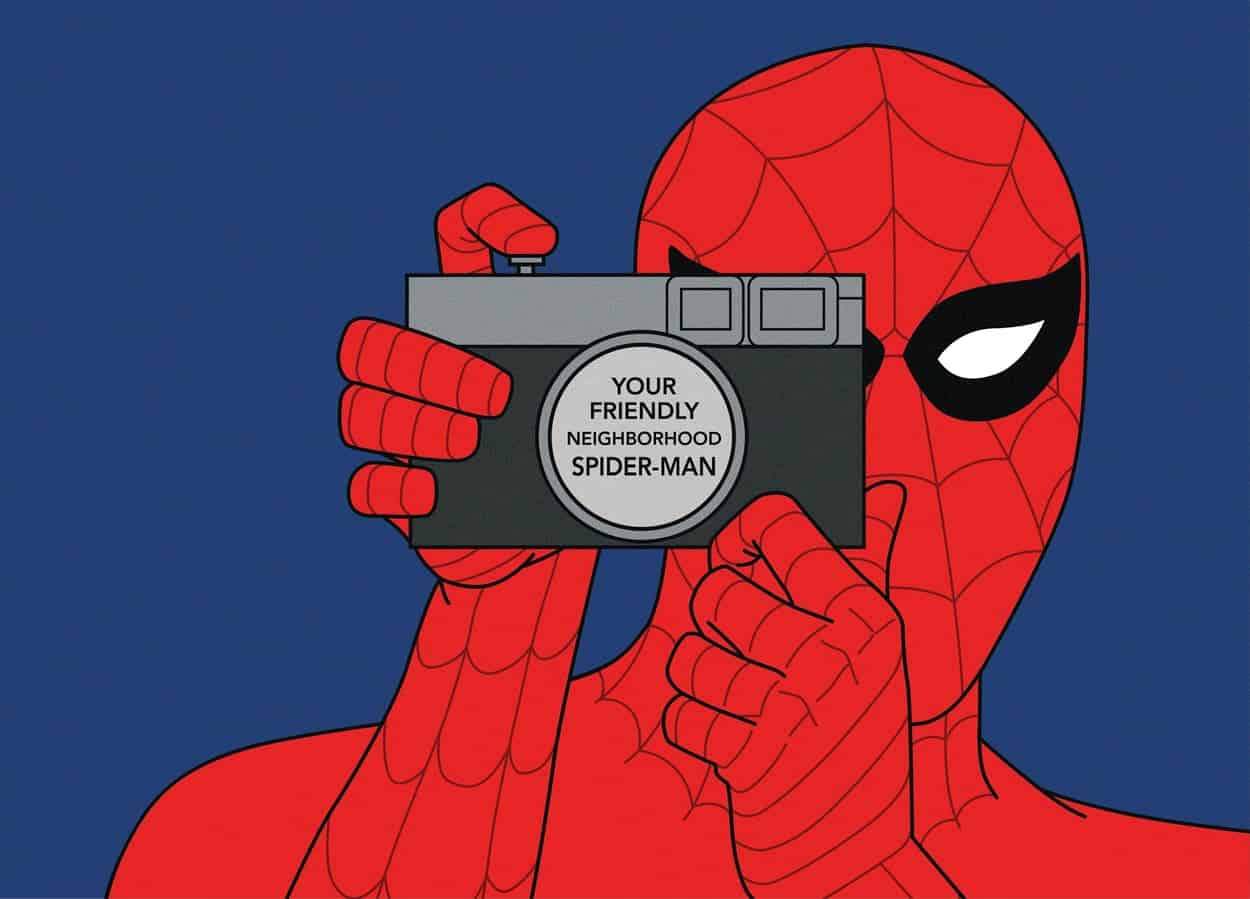
Recap
The Fantastic Four study a radiated meteor. The Molecule Man appears and threatens the public.
Doc Ock steals a device in order to rule the world. Spider-Man must do something to keep this evil mastermind to achieve his dreadful threat.
Episodes of both these shows can be found on You Tube.
Review
Both Fantastic Four (1967) and Spider-Man (1967) come from a time where comics aimed for spectacle over anything else. Many folks don’t know that Stan Lee, Steve Ditko, and Jack Kirby had created most of these book’s iconic villains within only a couple years. This translates right over to these two shows, which have a plethora of content to draw from. Needless to say, these two shows actually do a fairly good job in adapting material which only had been released about five years prior. It’s also worth mentioning that many of the tropes, jokes, and memes that have arisen in relation to these two franchises definitely come from these series. With a lighthearted, joke filled tone, the 1967 TV iterations will forever exist in the public zeitgeist of how these shows’ characters are viewed in the modern day, sometimes for the better, often for the worst.
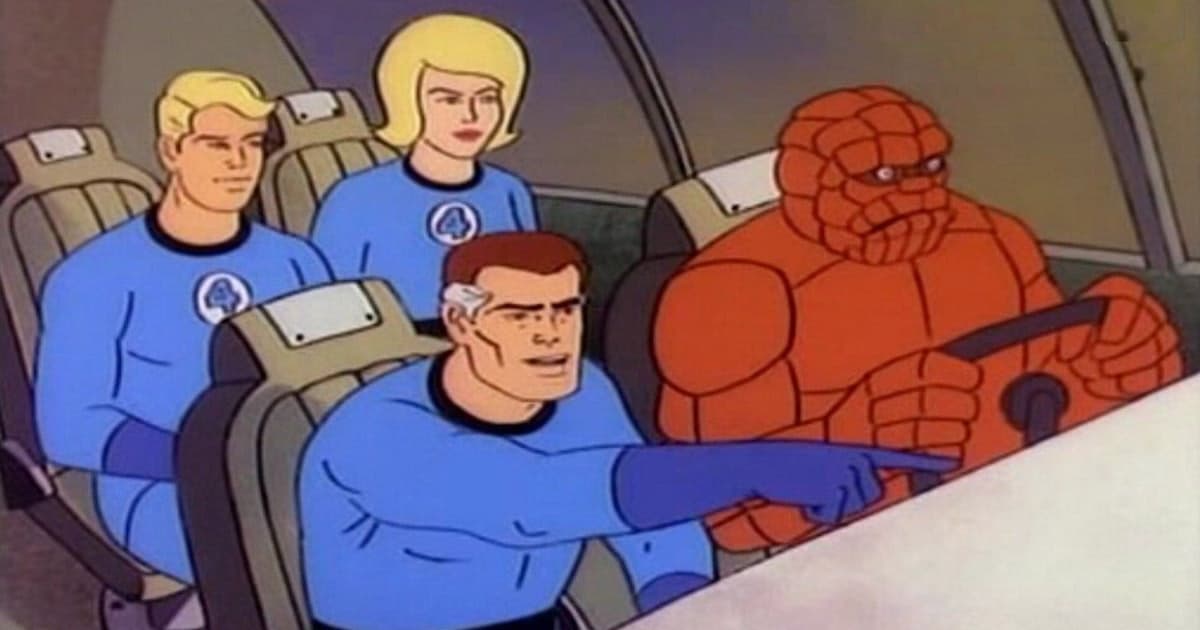
Starting with Fantastic Four (1967), “The Mysterious Molecule Man” sees the titular team go up against a villain that today’s comic book fans would see in a drastically different light. For those who don’t know, Molecule Man is seen as one of the most powerful beings in the universe, serving as one of the most important parts of the 2015 Secret Wars event that saw the entire Marvel Universe get destroyed and reborn. His powers, although greatly simplified in this show, allow him to practically do anything. With that context in mind, it’s important to remember that 1967 was a different time, and today’s comic book landscape is drastically more mature in its content and themes than anything Marvel was putting out in the 1960s. Circling back to the episode at hand, Molecule Man himself has all the makings of a simple, one off villain, whose one note scheme is very emblematic of villains from this time.
This episode makes it very apparent that this show is fully engrained in its time period. Sue is often treated poorly since she is a woman, with the sexism of the times on full display. In actuality, many view her as the most powerful member of the team. The sexism of the time is ingrained in the culture of how these characters talk to each other, especially when Sue is given little to no agency when compared to her husband. Likewise, her role is often relegated to asking everyone how things work and emotionally reacting to events.
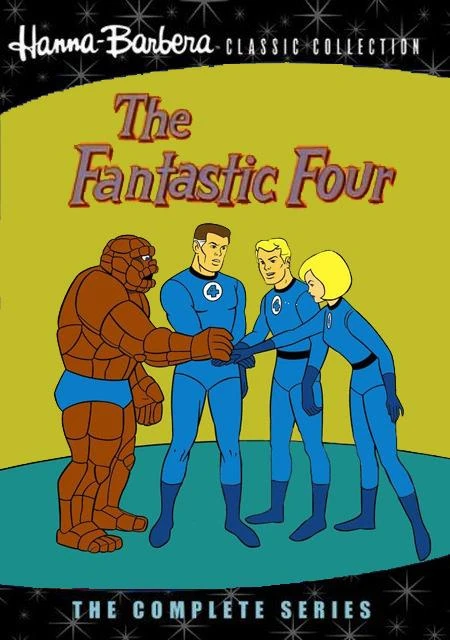
An overall excellent aspect of this show is how well it captures the essence of what makes the Fantastic Four so great. More than anything else, the Fantastic Four series is about family and science, both of which are portrayed very clearly. There is a great segment in the middle of the episode where Reed builds a machine to stop the Molecule Man, showing the scientific prowess and work that goes into creating elaborate gadgets to stop the villain. This shows the collaborative effort of the family while also highlighting the science, in a quick, easy to follow segment.
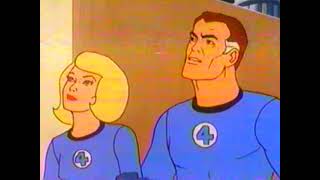
Overall, Fantastic Four (1967) is definitely dated; however, it does a great job in capturing what made the comic book series so popular. Yes, Molecule Man’s displays of power and monologues get a bit tiresome, and obvious plot holes arise when it is shown what he can do with his abilities, but that is all part of the 1960s charms.
Going on over to Spider-Man (1967), “The Terrible Trump of Doctor Octopus” sees Spider-Man go up against Doc Oc after the latter interrupts a missile demonstration. Much like the Fantastic Four episode, Spider-Man (1967) sees all of the best and worst tropes of the character come to life as the web slinger jumps into action. Perhaps the most dated part of this show is how slow paced the action is. This era saw many censors preventing shows like this from showing too much action; however, the characters move criminally slow.
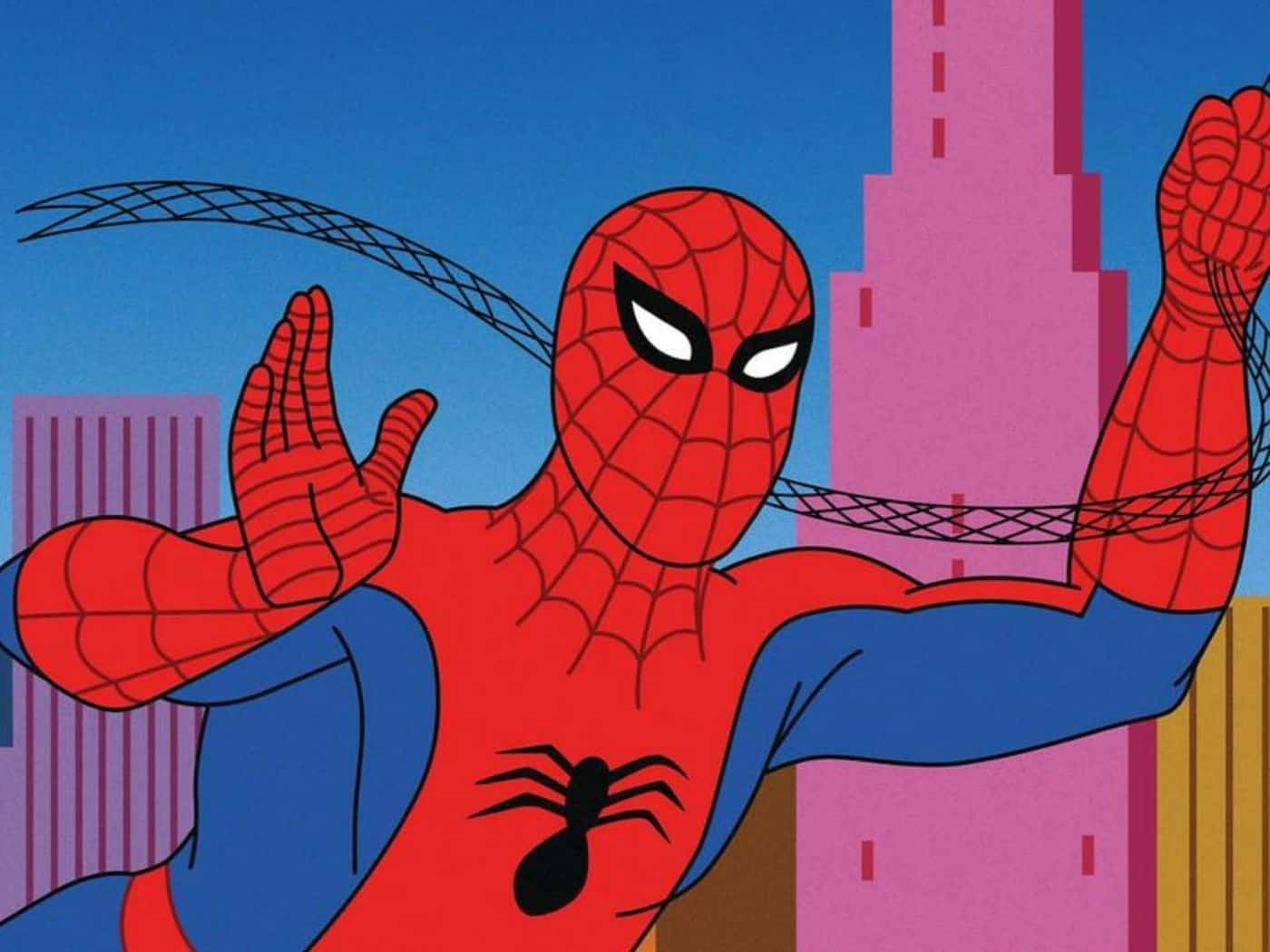
An aspect that both of these shows share is the reuse of animation in order to convey ideas. Fantastic Four (1967) does it in the segments where the family is building the machine to stop Molecule Man, and Spider-Man (1967) does it when showing J Jonah Jameson talking to Betty Brandt in his office. For those who don’t know, this was a cost saving measure that allowed the studios to just dub over old animation in order to progress the plot without having to draw complicated and new things. Fans of the era will know this concept very well and it’s on full display here.
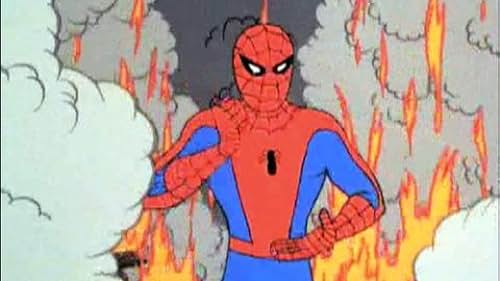
By far, the most bizarre parts of Spider-Man (1967) have to do with the voice acting. Some characters like Jameson and Doc Oc sound perfect. These voice actors sound like they were meant for these roles and are the characters. On the reverse side, Spider-Man (1967) is a young man who sounds like a 40 year old. This bizarre aspect creates a bit of a shock once Peter starts speaking, almost making you question if he’s actually Peter. By the end of an episode it doesn’t seem as weird; however, this is by far the weirdest part of a show about a man with spider powers fighting a guy with robotic arms.
Final Thoughts
Without harping on the problems from these shows which clearly only exist due to the dated nature of the run date, both Fantastic Four (1967) and Spider-Man (1967) actually still hold up in many regards, creating a fun look back into the most iconic parts of these franchises.
Animation Domination: Fantastic Four (1967) and Spider-Man (1967)
- Writing - 8/108/10
- Storyline - 8/108/10
- Acting - 6/106/10
- Music - 7/107/10
- Production - 7/107/10





